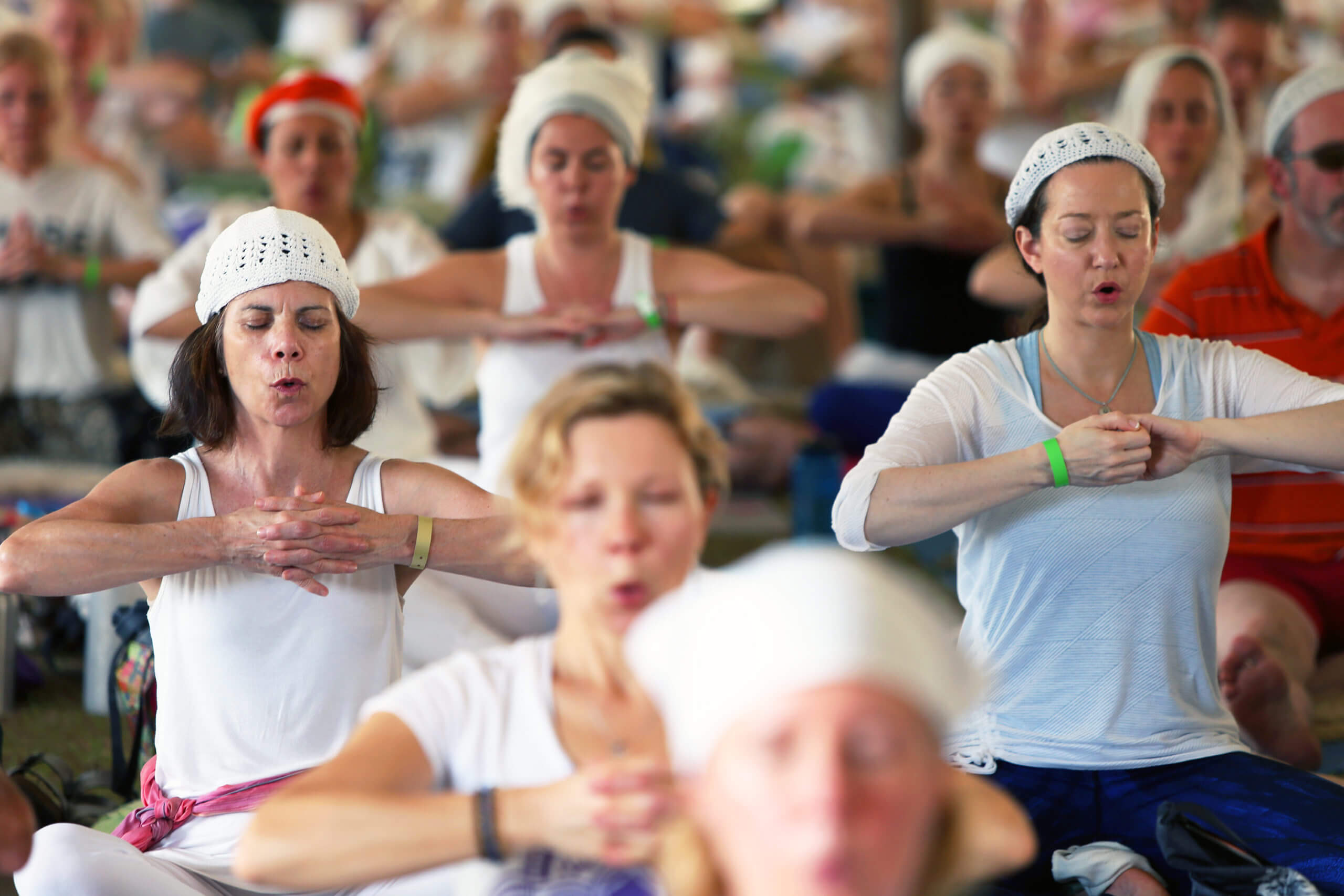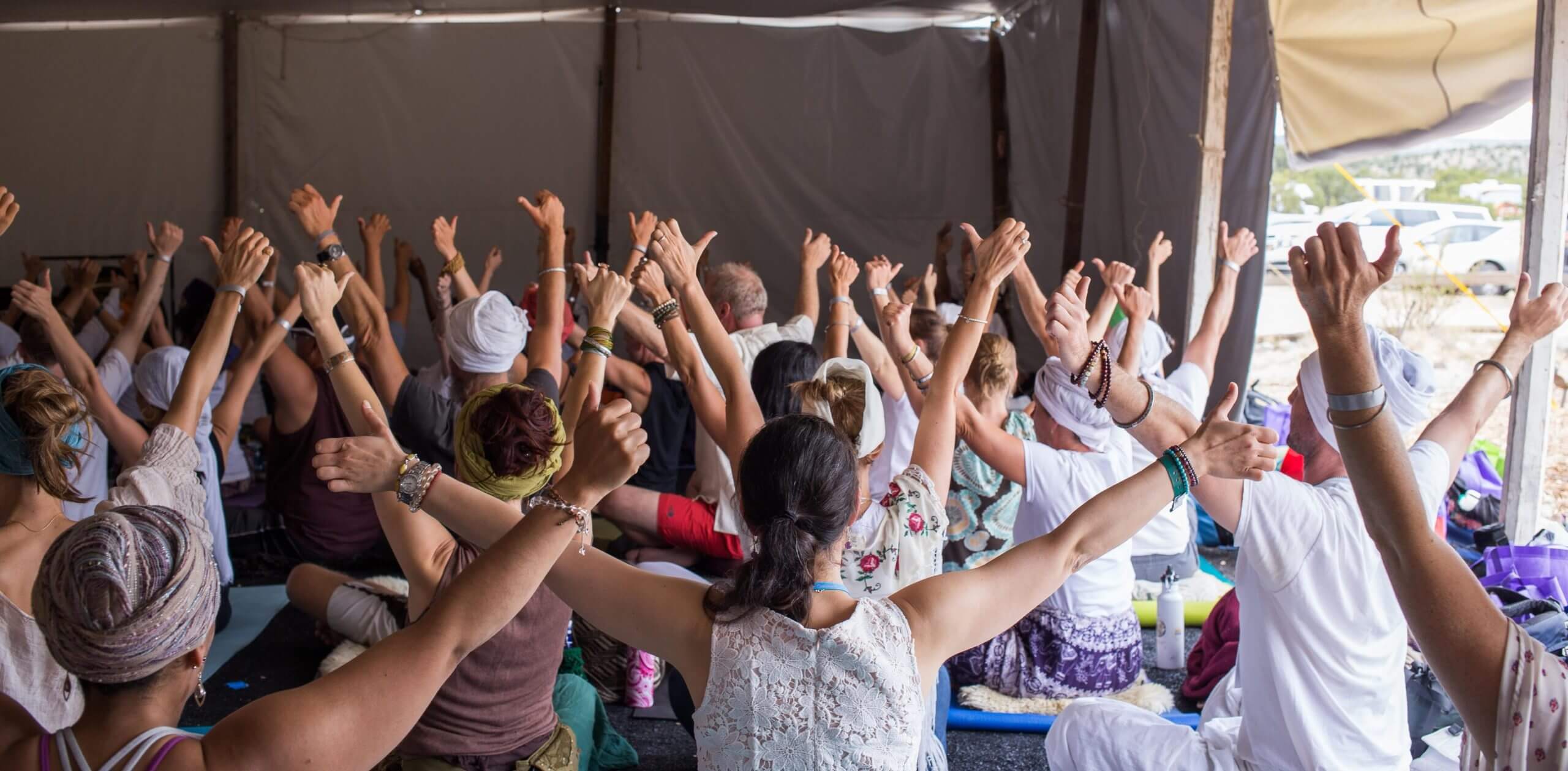Kundalini Yoga and the Stress Response
The simplest description for stress I have ever heard is from Hans Selye, the Canadian physician, who first borrowed the word from engineering and applied it to a physiological process he observed in his patients. He described stress as simply the body’s adaptation to change. It is how we respond whenever an internal or external event occurs.
Change can be as simple as a shift in room temperature or as destabilizing as losing one’s job. Since change happens nearly every instant, we have a stress response nearly every instant. Stress is natural and necessary.
Over time, we create our own individual stress response pattern through our thoughts and beliefs, our emotional responses, the way we breathe, and the way we hold and move our bodies. This pattern becomes set at a certain point, and although this response is intended to be helpful, more often than not our personal stress response pattern blocks the natural flow of ease in the body, and we become frequently sick, easily tired, often irritable, and generally “stressed out.”
In each stress response, we draw on the capacity of the glandular and nervous systems, which in turn affects the sensitivity and vitality of the immune response.
Where we hold tension and how quickly we release it—our individual, personal stress response—determines what happens in our body, how much energy we have, how healthy we stay, and how we feel at the end of the day. One characteristic of a healthy stress response is to take action when action is needed and to pause or rest internally when it is not.
The hardest working muscle in the body, the heart, functions this way. It does not stop from the time it takes its first beat while we are still in the womb until we take our last breath. Yet, notice the beat of the heart: action, pause, action, pause. In a similar way, it is not the stress itself that is unhealthy; it is staying continually in stress response without pause that is unhealthy.
James felt exhausted at the end of the day and took three or more sick days each month. “I was on the verge of losing my job as an investment banker, I was absent so much. Yet I just couldn’t take the pace. Getting out of bed in the morning got to be a big effort most days. I hated my life the way it was. It felt like I was always working, even when I wasn’t. My concentration was poor, and my temper was short with my co-workers. The day I snapped at my boss over a suggestion she made I knew I had to make some changes.”
He got advice from the employee assistance program at his company and started participating in the yoga and meditation classes offered twice a week.

Yogic Breath
Right now, take a deep breath. Every good, yogic breath starts with an exhalation. So let the breath go from deep in your belly. This provides room for your inhalation. Once your exhalation is complete, inhale. Once your inhalation is complete, exhale.
Continue to breathe consciously. Notice in your body where the breath comes easily, where it is restricted. Notice what part of your torso moves, and what does not. Notice where your breath stops and how deep it goes, both on the inhalation and on the exhalation.
Throughout the day, notice your breathing pattern and where you hold tension in your body. Do you hold your breath when thinking? When listening? When performing certain tasks? Do you lift your shoulders or tighten your stomach? These are all part of your personal stress response pattern.
Once you are aware of your pattern, you can interact with it, modify it, and make it work for you.
Yogis teach that the breath is the life of the mind. This means that the quality of our thoughts and emotional responses are determined by our breathing. Breath is our direct link to our spirit, mood, energy, and hopefulness.
On a physical level, it is the practice of the various yogic breathing techniques that strengthen the nervous system and balance the action of the glandular system. Since these two systems are key to the stress response, making them strong through proper breathing actually breaks previous patterns and forms a healthy stress response. By breathing from the navel point, we develop a deeper relationship with the core of the body, bringing greater confidence and calm.

Effective Body Movement
What makes Kundalini Yoga more effective for stress reduction than, say, 20 minutes on the elliptical machine at your gym? Kundalini Yoga provides a complete system of effective movement for the body. While most forms of exercise reduce stress, Kundalini Yoga is uniquely suited because of its positive effects on the glands and nerves.
The movements of Kundalini Yoga, set in the sequence of a Kriya, directly release the tension built up over time from holding the breath and various muscles in your particular stress response pattern. Even the sweat that arises during yoga practice is different because it is a result of a deep glandular experience, not just the body’s response to exertion.
The practice of Kundalini Yoga releases tension from the inner organs, nerves, and glands, and creates internal biochemistry of calm, inner balance, and depth of self.
With Kundalini Yoga and the practices of breath and meditation that come with it, we can change old stress response patterns. Further, to reverse the ill effects of long-term stress, and to increase our capacity to form and maintain healthy stress response patterns, breath, meditation, and movement are essential.
Let’s face it, each of us becomes inefficient and less effective under stress. Simply put, we don’t have time not to practice yoga and meditation.
Your experience is important!
Share your wisdom with others like you. Leave your comment below